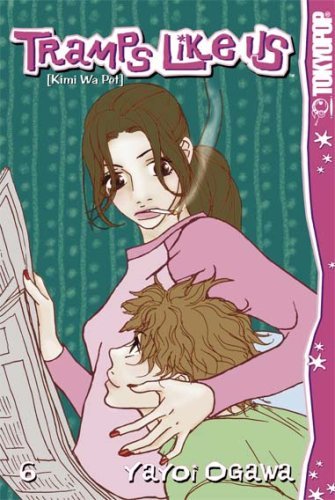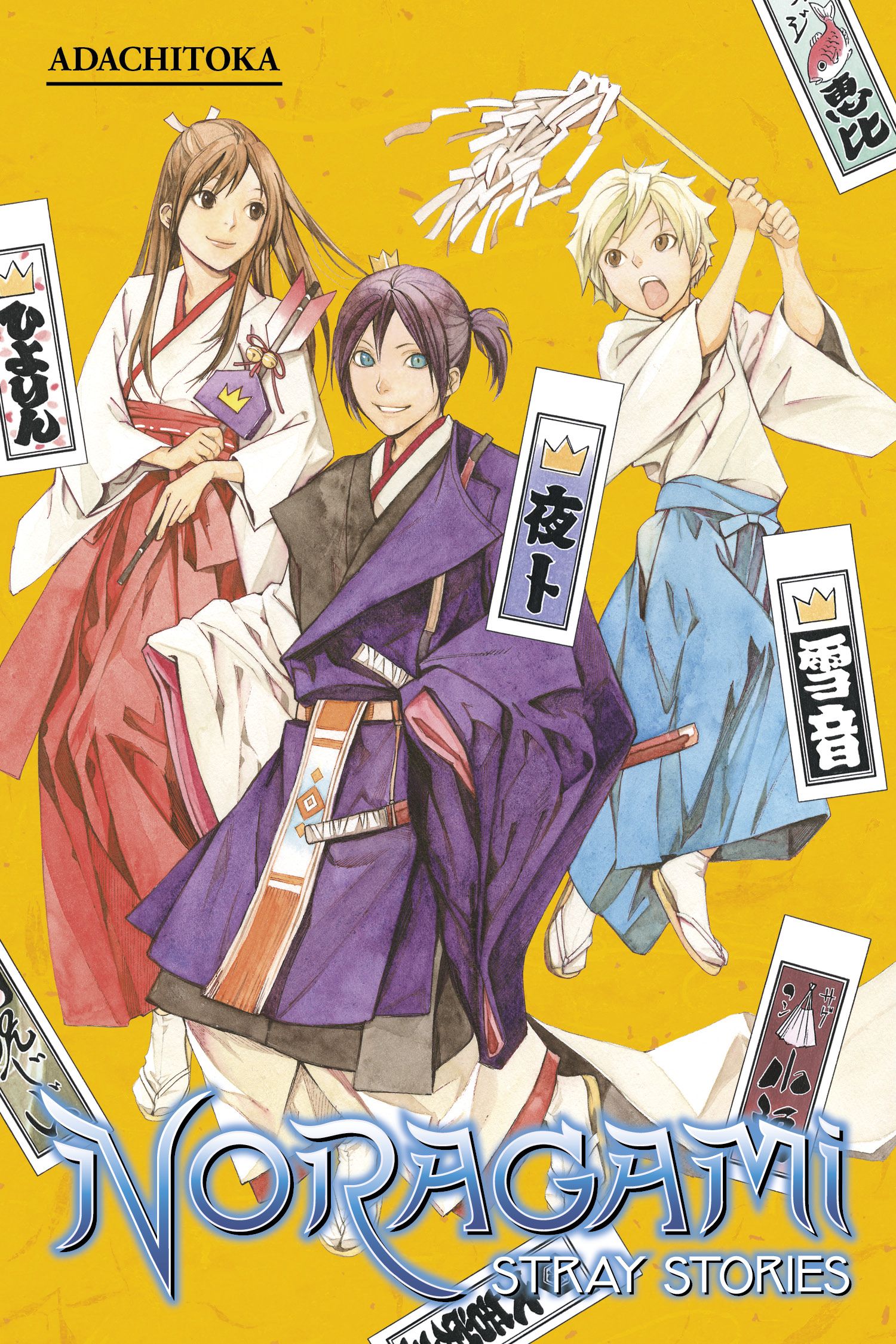And the winner of the Paradise Residence manga giveaway is... Chris Lawton! As the winner, Chris will be receiving a copy of Kosuke Fujishima's Paradise Residence, Volume 1 as published in English …
Continue Reading about Manga Giveaway: Paradise Residence Giveaway Winner →




